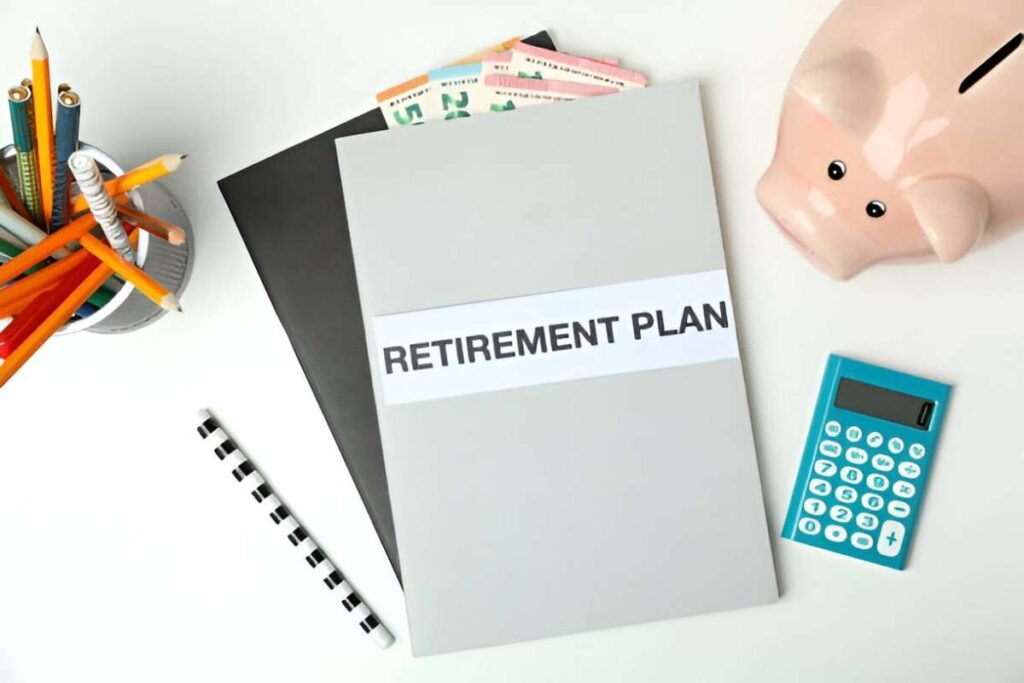Retirement planning often feels like navigating a maze. The rules change, the stakes rise, and the path forward isn’t always clear. Over the years, I’ve seen countless strategies, but one that stands out for its simplicity and effectiveness is the A-10 Retirement Plan. Named after the rugged A-10 Thunderbolt II aircraft—known for its durability and precision—this plan emphasizes resilience, steady growth, and tactical withdrawals.
Table of Contents
What Is the A-10 Retirement Plan?
The A-10 Retirement Plan is a hybrid strategy combining systematic withdrawals, dividend investing, and bond laddering to create a sustainable income stream. Unlike rigid withdrawal rules (like the 4% rule), this plan adjusts dynamically based on market conditions, inflation, and personal spending needs.
Core Principles
- Dividend Growth Investing – Focus on stocks with a history of increasing dividends.
- Bond Laddering – Use staggered bond maturities to ensure liquidity.
- Flexible Withdrawals – Adjust spending based on portfolio performance.
Why the A-10 Plan Works
Most retirement plans fail because they don’t account for sequence-of-returns risk—the danger of withdrawing during a market downturn. The A-10 Plan mitigates this by:
- Prioritizing cash flow over total returns.
- Reducing dependency on selling assets in bad years.
- Automating income streams through dividends and bonds.
Mathematical Foundation
The A-10 Plan uses a modified version of the Bengen Safe Withdrawal Rate (SWR) formula:
SWR = \frac{Annual\ Withdrawals}{Portfolio\ Value} \times 100But instead of a fixed rate, it adjusts dynamically:
Adjusted\ SWR = Base\ Rate + (Inflation\ Adjustment) - (Market\ Correction\ Factor)For example, if the base rate is 4%, inflation is 2%, and markets drop 10%, the adjusted SWR becomes:
4\% + 2\% - (0.5 \times 10\%) = 4\% + 2\% - 5\% = 1\%This means in a downturn, withdrawals decrease to preserve capital.
A-10 vs. Traditional Retirement Plans
| Feature | A-10 Plan | 4% Rule | Bucket Strategy |
|---|---|---|---|
| Withdrawals | Dynamic | Fixed | Phased |
| Risk Control | High | Moderate | Moderate |
| Liquidity | Dividends + Bonds | Selling Assets | Cash Reserves |
| Flexibility | Adjusts Annually | Rigid | Manual Rebalancing |
Example Scenario
Suppose you retire with a $1M portfolio:
- Dividend Stocks (50%) – Yielding 3% = $15,000/year
- Bonds (30%) – Average yield 2.5% = $7,500/year
- Growth Stocks (20%) – No dividends, capital appreciation
Total annual income: $22,500 (2.25% SWR)
If markets drop 20%, you reduce withdrawals by 1%, living on $17,500 instead of selling depressed assets.
Implementing the A-10 Plan
Step 1: Build a Dividend Growth Portfolio
Look for companies with:
- 10+ years of dividend increases (e.g., Dividend Aristocrats)
- Payout ratio < 60% (sustainable dividends)
- Sector diversification
Step 2: Construct a Bond Ladder
Buy bonds maturing in 1, 3, 5, and 10 years. Reinvest proceeds at higher rates if yields rise.
Step 3: Set Dynamic Withdrawal Rules
- If portfolio grows by >5%, increase withdrawals by half the excess.
- If portfolio drops by >10%, cut spending by 1-2%.
Common Pitfalls and Fixes
Problem: Overconcentration in High-Yield Stocks
Solution: Balance with low-yield but high-growth stocks.
Problem: Rising Interest Rates Hurting Bonds
Solution: Keep bond durations short (3-5 years avg.).
Problem: Inflation Eroding Purchasing Power
Solution: Allocate 10-20% to TIPS (Treasury Inflation-Protected Securities).
Final Thoughts
The A-10 Retirement Plan isn’t flashy, but it works. It’s built for durability, much like the aircraft it’s named after. By focusing on cash flow, staying flexible, and adjusting to market conditions, you can retire with confidence.




